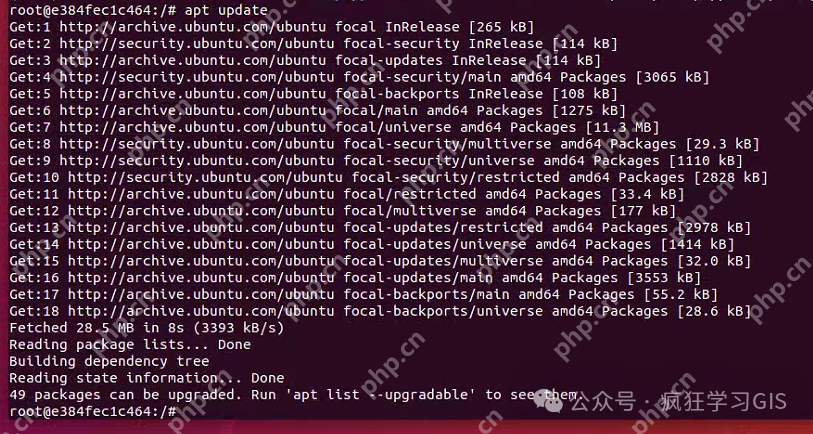
Linux环境下c++多线程编程,线程同步至关重要。本文将介绍几种常用的同步方法:
一、互斥锁 (Mutex)
互斥锁是基础的同步机制,用于保护共享资源,防止数据竞争。
#include <iostream> #include <thread> #include <mutex> std::mutex mtx; // 全局互斥锁 void print_block(int n, char c) { mtx.lock(); // 加锁 for (int i = 0; i < n; ++i) { std::cout << c; } mtx.unlock(); // 解锁 } int main() { std::thread th1(print_block, 50, '*'); std::thread th2(print_block, 50, '$'); th1.join(); th2.join(); return 0; }
二、条件变量 (Condition Variable)
立即学习“C++免费学习笔记(深入)”;
条件变量实现线程间的等待和通知。
#include <iostream> #include <thread> #include <mutex> #include <condition_variable> std::mutex mtx; std::condition_variable cv; bool ready = false; void print_id(int id) { std::unique_lock<std::mutex> lck(mtx); cv.wait(lck, []{return ready;}); // 等待条件满足 std::cout << "thread " << id << std::endl; } void go() { std::lock_guard<std::mutex> lck(mtx); ready = true; cv.notify_all(); // 通知所有等待线程 } int main() { std::thread threads[10]; for (int i = 0; i < 10; ++i) { threads[i] = std::thread(print_id, i); } go(); for (auto& th : threads) { th.join(); } return 0; }
三、信号量 (Semaphore)
信号量是更高级的同步机制,控制对共享资源的访问次数。
#include <iostream> #include <thread> #include <semaphore> std::binary_semaphore sem(0); // 二进制信号量 void print_block(int n, char c) { sem.acquire(); // 等待信号量 for (int i = 0; i < n; ++i) { std::cout << c; } } void go() { std::this_thread::sleep_for(std::chrono::seconds(1)); // 模拟任务 sem.release(); // 释放信号量 } int main() { std::thread th1(print_block, 50, '*'); std::thread th2(print_block, 50, '$'); std::thread t(go); th1.join(); th2.join(); t.join(); return 0; }
四、原子操作 (Atomic Operations)
原子操作无需锁即可保证线程安全。
#include <iostream> #include <thread> #include <atomic> std::atomic<int> counter(0); void increment() { for (int i = 0; i < 100000; ++i) { ++counter; } } int main() { std::thread t1(increment); std::thread t2(increment); t1.join(); t2.join(); std::cout << counter << std::endl; return 0; }
五、屏障 (Barrier)
屏障确保多个线程在特定点同步。
#include <iostream> #include <thread> #include <barrier> std::barrier bar(2); // 创建一个屏障,等待两个线程 void print_hello() { std::cout << "Hello "; bar.wait(); // 等待屏障 std::cout << "World!" << std::endl; } int main() { std::thread t1(print_hello); std::thread t2(print_hello); t1.join(); t2.join(); return 0; }
选择合适的同步机制取决于具体应用场景。 以上示例代码仅供参考,实际应用中可能需要更复杂的同步策略。







